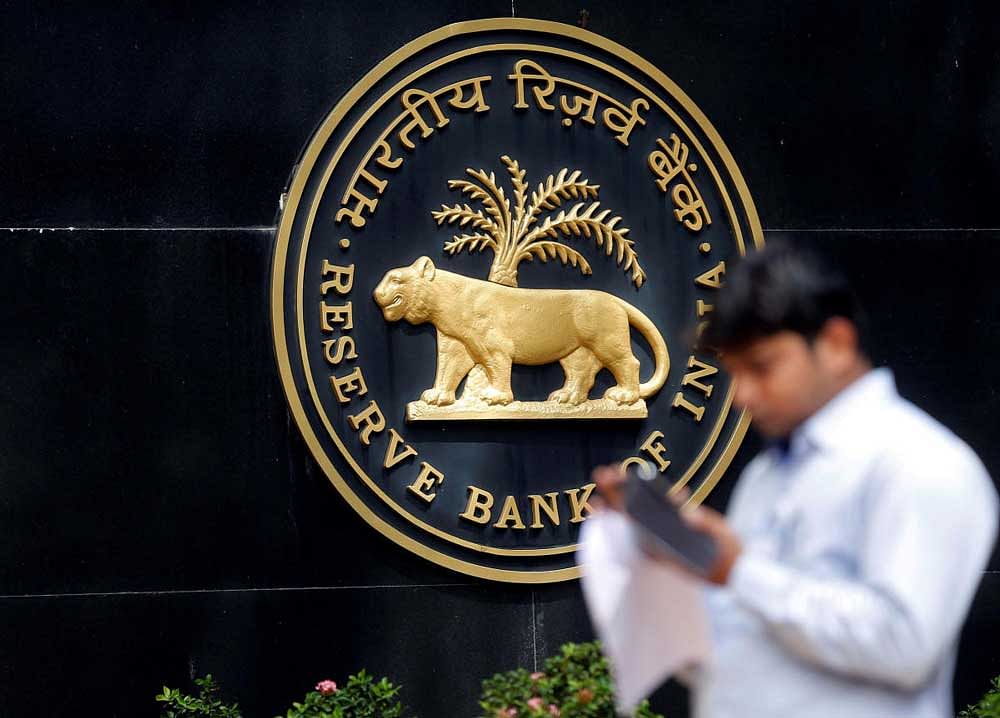
The Reserve Bank of India (RBI), in its bi-monthly monetary policy review, has pushed for cheaper loans ahead of the general election.
In the Monetary Policy Committee (MPC) meeting, that concluded Thursday, the Reserve Bank slashed the repo rate by 25 basis points to 6.25% from the existing 6.5%. This is the first rate cut that the RBI has done since its August 2017 meeting.
The repo rate is the rate at which the central bank of the country lends to other banks when they face a shortfall in funds. Historically, the repo rate has been used as a central bank tool to control inflation as it impacts the amount of cost of credit in the economy.
"These decisions are in consonance with the objective of achieving the medium-term target for consumer price index (CPI) inflation of 4% within a band of +/- 2% while supporting growth," the bank said in the policy statement.
The RBI's move comes despite predictions from most economists and analysts that said the central bank would hold on to rates. The analysts were of the opinion that the RBI should hold on to the existing key policy rates in the wake of the inflationary and consumption-driven budget presented by interim Finance Minister Piyush Goyal.
However, the six-member MPC of the Reserve Bank voted in favour of the rate cut by 4:2. The central bank's governor Shaktikanta Das, who was chairing his first MPC meeting, voted in favour of the rate cut. Other members of the MPC that voted in favour of the rate cut included Ravindra H Dholakia, Pami Dua and Michael Debabrata Patra. Two other members -- Chetan Ghate and Viral V Acharya -- voted to keep the policy rate unchanged. Acharya, in October in fact, started the turf war with the Central Government over the autonomy of the central bank.
The central bank also kept the scope open for a further rate cut in its April MPC meeting by changing its stance from "calibrated tightening" to neutral.
The move is expected to provide an impetus to home loans.
"Rate cuts give a substantial push to property buyer sentiments, and it was certainly high time for such a cut," said Anuj Puri, chairman of real estate advisory firm Anarock. "Home loan interest rates increased by as much as 5 to 7% in the last year because the RBI hiked repo rates by 50 basis points over the same period. In other words, home loans had become a more expensive proposition,"
This latest move is in line with the budgetary sops doled out by Goyal, who gave a push to homebuyers in form of rollovers of capital gains tax on houses.
However, it remains to be seen whether the banks will transmit this benefit to consumers, according to Madan Sabnavis of CARE Ratings. He said the deposit rates in banks are still low.
Meanwhile, the country's largest public sector lender State Bank of India (SBI) senior management would be meeting on Friday to take call on whether or not to reduce the lending rates.
The Central Government, which was at loggerheads with the previous RBI management under the leadership of Urjit Patel, was in favour of cheaper lending rates to push more funds into a country hit by demonetisation and the implementation of the GST.
The central bank has also kept its future rate cut options open by changing its stance from a 'calibrated tightening' to 'neutral'. However, unlike the vote over rate cuts, the decision to change the monetary policy stance was unanimous.
This move comes on a day when CARE Ratings said that the country's debt quality index deteriorated by 10 basis points to 90.82 in January.
Experts and economists suggest the move will also help to ease the liquidity crunch in the markets. Post-IL&FS's whopping default in September 2018, the banking system liquidity continued to be in deficit making it the 17th consecutive week of overall liquidity deficit.
The net banking system liquidity deficit narrowed from Rs 97,000 crore during the week gone by.
The RBI move to go for rate cuts has been driven by the lower than expected inflation in the country. The MPC decided to revise the CPI inflation outlook downwards to 2.8% in Q4:2018-19, 3.2-3.4% in H1:2019-20 and 3.9% in Q3:2019-20.
"The actual inflation outcome at 2.6% in Q3:2018-19 was marginally lower than the projection. There have been downward revisions in inflation projections during the course of the year, reflecting mainly the unprecedented soft inflation recorded across food sub-groups," the policy statement of the RBI said.
The policy statement, which was benign on Budget 2019, pegged the GDP growth for 2019-20 projections at 7.4% -- in the range of 7.2-7.4% in H1, and 7.5% in Q3 – with risks evenly balanced.